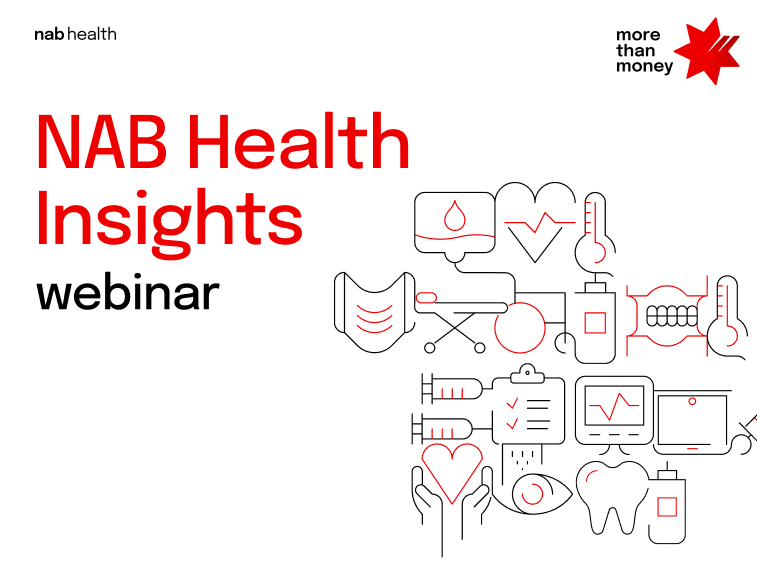You’re invited to our latest NAB Health Insights Webinar on Thursday 16th October 2025.


Webinar
Use of social media in business is skyrocketing globally, yet few local GPs are capitalising fully on this trend. Here’s how to boost your professional presence online.

Australia’s healthcare community is active in some digital communication channels but not in others, indicates recent research by healthcare agency, H&T. The research results indicate:
Yet while Australians are the most prolific social media users in the world, spending an average of 29 minutes a day on Facebook, this doesn’t appear to be the case in the medical space – only five percent of GPs in Australia use social media, compared to 77.5 percent of GPs in the US.
The H&T research also revealed that Australian doctors aren’t fully engaged with technology, as evidenced in the tendency for Australian GPs to use older-model mobile phones – only 49 percent own Smartphones. There’s also low engagement in professional blogging, very few report viewing webcasts and professional social networking is minimal. The GPs surveyed cited privacy as the biggest barrier to more frequent use of digital and social media. At this point, the desktop computer continues to be central to the GP’s role – they load it with medical software and use it for prescriptions, patient records, pathology / imaging results and email.
Times, though, are changing. H&T’s research shows overwhelming agreement by respondents that the next wave of GPs will be digitally adept – so it’s wise for the current wave of Australian medicos to upskill in digital media to stay competitive, especially given the rapid uptake in iPads and Smartphones.
In the future, Australia may follow the US where, according to The Economist, Smartphones and Blackberrys are being bulk-bought and modified to enable calls and pre-programmed group texting among doctors and nurses over hospitals’ WiFi networks, reducing the need for disruptive public paging. WiFi use enables better mobile phone reception – a problem in many hospitals. The phones can also be used bedside to access apps that can quickly show hospital staff drug side-effects and identify pills brought in by patients.
Take these three steps to enhance your professional profile, suggests David Bacon, Melbourne Creative Director at H&T.
Find out if anybody is using your name or the name of your practice on Facebook or Twitter. Consider registering web addresses and Twitter handles. You don’t have to do anything with them but you can prevent others from using (and potentially abusing) them.
Open a personal Twitter account and join Facebook. The best way to judge something is to experience it – don’t be like the kid who says he doesn’t like salad without even trying it. Tweeting, blogging and accessing forums means you can learn, at your own pace, how social media works.
In the US, LinkedIn is the most popular social media site for physicians. It’s free, so give it a go. You get to control the information released about you and choose those with whom you connect. Once you’ve created your profile and linked in with your peers, you can view the medicos they recommend professionally.
© National Australia Bank Limited. ABN 12 004 044 937 AFSL and Australian Credit Licence 230686.